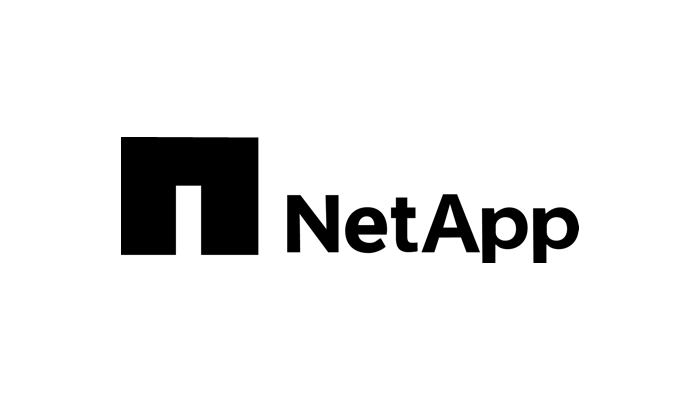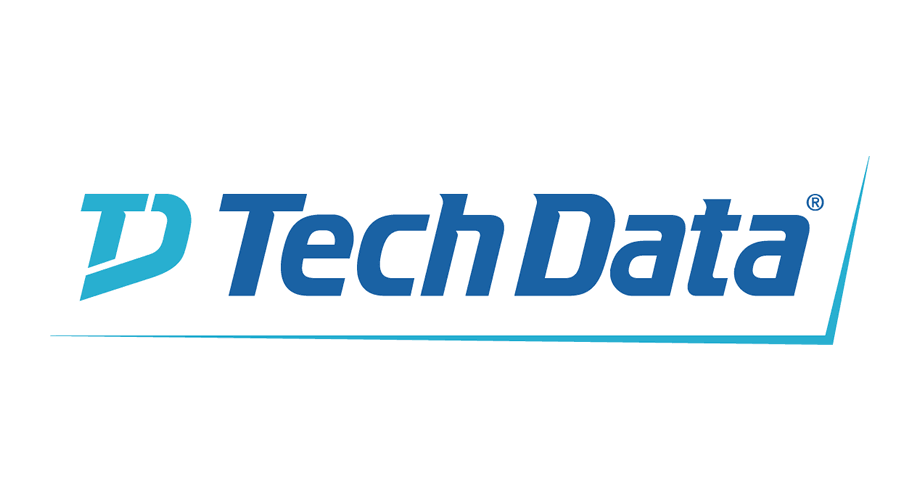Agencies need to address the emerging requirements of wide-ranging transformation initiatives.
The adoption of virtualization, cloud, containers, DevOps and other modern technologies and processes are creating an even wider range of data stores to be managed – and to be mined for insights.
The missing link is a true data-centric architecture – one that ensures that data is in the right place, at the right time and available to the right people. At its core, a data-centric architecture is one that prioritizes data over everything else – how it is accessed, stored, shared and protected. This fundamental shift is the best way for agencies to truly modernize their enterprise IT environments.
Agencies are doing their best to move workloads to the cloud and modernize their infrastructure for greater
efficiency, productivity, cost-effectiveness and security. In the meantime, they are dealing with such real issues as:
- Knowing where your data is, and what data you have: Today, agency data can live virtually anywhere in private and public clouds, legacy databases or at the edge. Sometimes, data even exists in unconnected silos,
making it easy to overlook. All this makes it difficult for users to access, share, manipulate and analyze data
where and when it’s needed. It also makes it difficult to ensure data is being stored properly. - Securing data: Compliance, integrity and access control all become more difficult when data is scattered. It’s also difficult to enforce zero-trust security for data you don’t know you have. If you know where all of your data is, you can take the steps necessary to ensure it’s secure at all points. With all data present and accounted for, it’s also much easier to perform the analytics necessary to provide valuable insights.
- Optimizing data: Without knowing where your data is, how it’s being used and how often it’s being accessed, it’s hard to choose the right location and tier for it, fully protect it and reduce storage costs and performance.
Solution: Design a Data Fabric
Solving all these issues starts by recognizing that data is the most important asset agencies have. Data is the primary resource for feeding applications, services and processes, so it must be fully accessible and secure at the center of every operation.
One of the most efficient ways to ensure all data is available, secure and usable is by folding it all into a data fabric. A data fabric is an integrated data architecture with full data management capabilities that keeps track of data no matter where it originated – on premises, in public or private clouds, at the edge of the network or on Internet of Things (IoT) devices. A data fabric ensures consistency across integrated environments. This allows the data to be governed, shared, reused, analyzed and stored most economically.
One of the most important functions of a data fabric is to discover data. Using its data management capabilities, an effective data fabric platform can identify where all data resides at any given time and determine what type of data it is. That means not only finding data in large repositories, but in databases and other repositories that may not be used that often, if at all.
With this level of visibility and detail, it’s much easier to analyze system performance and usage and find ways to improve efficiency, cut costs and gain greater insights.
“The ability to continually optimize your data is incredibly important, and one of the best reasons to consider a data fabric,” said Jeff Beima, Cloud Area Lead for Public Sector at NetApp. “Not only can you optimize data to save money and increase efficiency, but you can choose the best data sets to gain the most insight into any number of productivity, efficiency or security operations.”
A comprehensive data fabric also helps ensure data is fully protected and secure. Because it keeps tabs on where all data is at all times, it can ensure agencies are meeting all downtime recovery objectives and complying with all security mandates. An integrated, optimized data fabric can also support security in other ways, like continuous risk assessments and predictive alerts.
This article is an excerpt from GovLoop’s report “Supporting the Mission Across Agency Boundaries.” Download the full report here.







Leave a Reply
You must be logged in to post a comment.